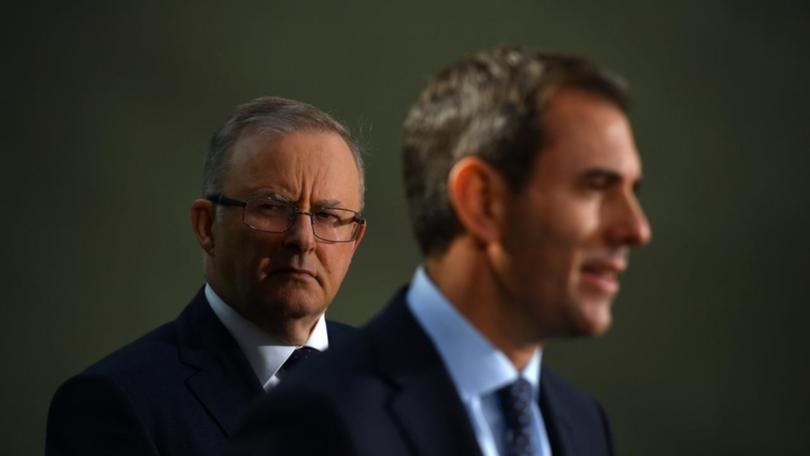Labor’s plan to help workers by handing the rich $184 billion

The Labor Party has decided to support the government’s tax cuts for the rich. Worth an estimated $184 billion over ten years, Labor politicians are confident that this massive concession to billionaires, whose wealth has doubled during the pandemic, is in the interests of the poor and downtrodden. It’s a step towards greater fairness and equality. So is the ALP’s decision to ditch its own modest proposal to reduce the negative gearing tax give-away to the well-off.
How can that be?
Well, according to the logic of Labor politics, the highest good is winning office and, by definition, ALP governments benefit everyone. The right wing of the party is clearest about this. But it’s also the position of the left, combined with a dose of handwringing or tissue shredding over the sacrifices of principle—the constant concessions to the rich—that must be made to achieve the higher good.
Understanding politics would be much easier if there were a simpler match-up between parties and social classes: Liberals and Nationals for the bosses, Greens for the middle classes, Labor for workers. But its more complicated.
Workers and their dependents are around two-thirds of the Australian population. The conservatives do most straightforwardly express the views of bosses. Some of them play a very active role in the Liberal Party machine. Along with taxpayer subsidies, big business is the main source of funds for both the Liberals and Nationals. And a few capitalists (Malcolm Turnbull, for example) have even been among its prominent parliamentarians. But neither the Liberals nor the Nationals would ever win elections unless significant numbers of workers voted for them.
Greens voters are disproportionately professionals but most of them are white collar workers, like teachers, who sell their ability to work for a wage, have limited control over what they do on the job and no control over other employees.
Labor’s working-class base has declined, but it still exists. Even if most workers no longer vote for the ALP, they are a much larger proportion of its electoral base than they are of the other parliamentary parties. So the most working-class electorates are generally the safest Labor seats.
At least as important, there is a connection between affiliated trade unions and the Labor Party, via the union officials. They control their unions’ delegations to ALP state conferences, play a major role in the extra-parliamentary machine and have been treading the track from union office to parliamentary suite since the party was established in the 1890s.
And for a well over century, Labor has been committed to managing Australian capitalism. In government at state and national levels on many occasions, it has not deviated from that commitment, which is a fundamental aspect of its make-up.
In fact, its links with the working class mean that Labor can sometimes deliver more for the capitalist class than the conservative parties. The decline in workers’ living standards under John Curtin’s government during World War Two, the introduction of real-pay-cutting wage indexation under Gough Whitlam and likewise Bob Hawke and Paul Keating’s Prices and Incomes Accord, which also reduced real wages and conditions and intensified work, are examples.
Of late, Labor has been complaining about rising government debt. “Deficits as far as the eye can see”, whinged Shadow Treasurer Jim Chalmers in May. Fearmongering about deficits is one of the conservatives’ justifications for cutting public services. At that time, Chalmers was critical of tax cuts for the rich. But he didn’t call for higher taxes on companies and the wealthy to increase the social wage while reducing the deficit.
The ALP’s tax policies have followed the same pattern. Curtin imposed national income tax on workers for the first time. The Hawke-Keating era (1983-96) saw cuts in company tax rates. Labor has been complicit in the decline in the top marginal rate of tax, imposed on people with high incomes, from 75 per cent in 1952 to 37 per cent today.
Now Labor has climbed on board the give-aways-to-the-rich wagon and agreed to a further drop to 30 per cent in 2024—which will be more than $17 billion a year lost to government revenues. Chalmers has done a backflip, justified by the need to avoid a scare campaign over taxes against the ALP in the next federal election.
Labor’s devotion to “fiscal responsibility” has meant that the first backflip is being followed by more, at the expense of workers and the poor. To keep the deficit down, given the tax cut, spending will have to be slashed. According to the Sydney Morning Herald, the party will start by dropping its promises to pay for pensioners’ cancer treatment and dental care.